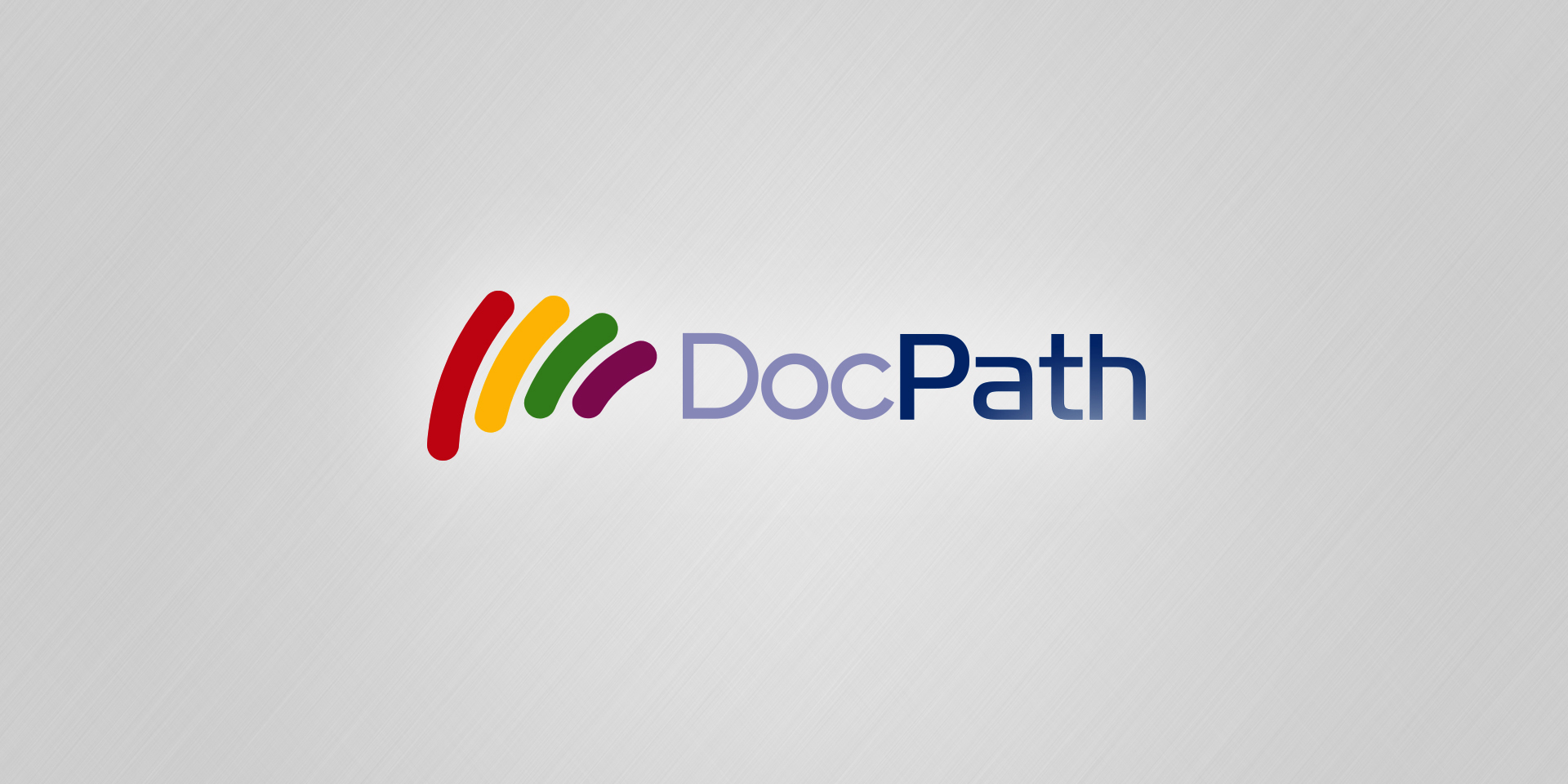
Until recently, the relationship between Public Administrations and new technologies was rather scarce, in some cases the presence of solid IT infrastructures being nonexistent. Nevertheless, the good results achieved by private organizations that invested in technology, and the new laws that force Public Administrations to establish methods that enable citizens to have a fluid relationship with the Administrations, have radically changed the situation.
In general, businesses currently find themselves needing to communicate with clients, employees and providers through different types of electronic documents that must guarantee integrity and authenticity constantly.
From a technological point of view, electronic signing has made a difference in the way Public Administrations work. Electronic signatures enable Administrations to process a great number of petitions and queries without having to move physically.
Believe in a new model
Electronic and digital signing are often confused, even though the difference in professional environments is clear. An electronic signature is a digitalized signature stored in a hardware device, while a digital signature is part of a software (certificate and password).
This may be easier to understand if we say that electronic document signing is based on, for example, the digitalization or scanning of the original signature of the user, or the photograph of this signature. In other words, an electronic signature is the group of data in electronic format that, associated or combined with other data, can be used as a way to identify the signatory. A digital signature on the other hand is a digital mathematical scheme that adds more information to a document enabling identification and authentication of the sender and the document data via an encrypted format of the digital signature’s key. Any modification applied to the document nullifies the electronic signature and the document loses any legal value.
As such we may conclude that an electronic signature is a large and rather undefined concept from a technological point of view, with a generic meaning. A digital signature is simply a type of electronic signature.
Public Administrations have been the first to realize that the traditional system based on paper transactions is inefficient, as it needs the physical presence of the citizen to obtain a signature. Figures conclude that up to 40% of the users that have not yet obtained a digital signature will experience problems in their administrative procedures. In fact, up to 23% of these users are having delays in their transactions because they are not able to digitally sign documents.
Not only citizens, but also public and private companies of any business area obtain benefits when using digital signatures in their daily transactions. After all, a digital signature not only has legal value, but also guarantees the identity of the signatory, the integrity of the signed document and the non-repudiation of the signatory.
Therefore, a great number of companies in the technological market are dedicated to developing document management software that includes the e-sign functionality. This feature enables users to generate documents with electronic signatures through the corresponding digital signatures. This is really useful for financial transactions through the Internet, when signing electronic invoices (eInvoice), as well as in digital communications with Public Administrations.
The main advantages of electronic and digital signing are: the security of the process, because it certifies the identity of the signatory and the integrity of the document; the confidentiality, as the content can only be accessed by the parties involved; how easy it is, since it is based on a public key and a private key; the fact that it is automatically managed, which positively influences administration and accounting departments by optimizing their work time; the cost savings, which are obtained by not using paper and ink, providing the company a more sustainable image; and finally, the significant reduction of the physical space needed for paper documents as digital documents can be stored in PDF format. We must not forget that the storage and retrieval of these documents have specific personnel-related costs.
One of the main sectors that joined the Public Administrations in realizing the advantages of electronic signing has been the Banking sector. Most banks have already implemented electronic banking services that allow their clients to access and manage their accounts via the Internet. Moreover, these new technological tools are getting even easier to use as more and more clients are working with mobile devices such as tablets and smartphones.
But not only the feedback and mutual technological influence between public and private companies is of importance. It is also a fact that direct communications between citizens and Public Administration are more fluid thanks to the technological progress made by document management software companies. Moreover, a lot of companies are now saving a large amount of costs by having more than half of their legal documents stored in electronic format.
Julio A. Olivares
DocPath CEO and Founder
